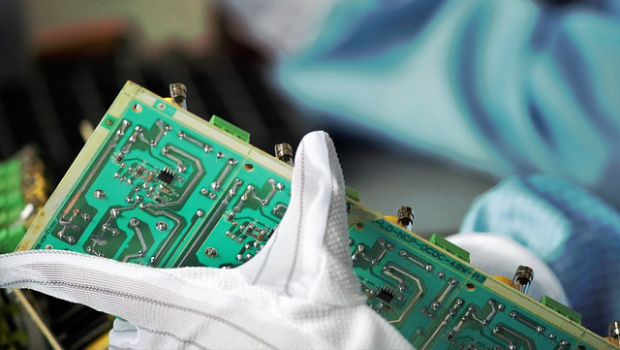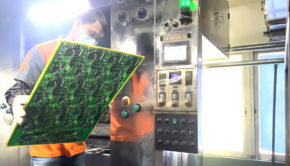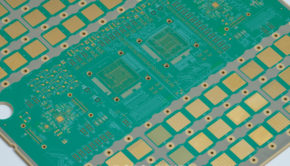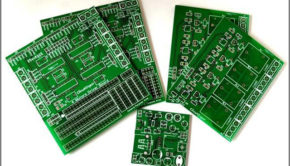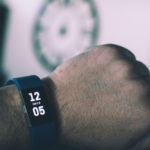The high growth rate of the PCB industry: the key factors fueling this growth
The PCB world has experienced tremendous growth in recent years and is estimated to do more in the future.There has been a sudden rise in PCB demands and it has also found its way to the spotlight due to the possibilities it is creating and its continuous fulfilment of consumer trends and demands.
The global PCB market is expected to reach an estimated $89.7 billion by 2024 and also projected at a CAGR of 4.3% from 2019 to 2024.
Furthermore, the global market for the printed circuit board is also estimated to grow from $64.6 billion in 2018 to reach $75.8 billion by 2023 at a compound annual growth rate (CAGR) of 3.2% for the period of 2018-2023.
So, what are the reasons for this impressive progression in the PCB market? PCBs are critical components for the functionality of highly important devices such as; smartphones, wearables, tablets, IoT devices, gadgets, medical equipment and more.
The application of PCBs is found in several industries, for example, the aerospace and defense and automotive industries who are gearing towards automation are also major drivers of growth for the PCB market.
There are several factors that are responsible for this boom in the PCB industry, but the ones below are the major players in this growth.
Medical Industry
The rapid advancement in medical devices is in correlation with PCBs, as one of the major components of these devices are PCBs.
The need for manufacturing PCBs that are highly functional and sophisticated for medical devices is having a massive impact on accelerating the growth of the PCB industry and the market. The global medical electronics market is expected to reach $ 4.4 billion by 2022.
The benefits of these devices are enormous, solving some major problems that are faced in the medical sector such as making an accurate diagnosis and making the process of tracking the health progress of patients easier, bridging whatever gap there is between a patient and doctor.
This impacts the PCB industry, as they make the creation of these highly helpful medical devices possible.
Medical equipment, wearables like Fitbit and devices like defibrillators and CT scans and ultrasonic equipment require PCBs to effectively function owing to their technological advancements.
Medical wearables are also major drivers for this growth and expansion in the PCB industry given its widespreadness. The global market for wearable medical technology itself is projected to be around USD 4.5 billion by 2020.
IoT Devices
Wearable devices is a significant and dominant segment in IoT devices, and wearables are gaining an exceptional degree of attention. With a type of PCB called flex PCBs making these devices a reality, it definitely calls for a huge change in the PCB industry. These wearable devices are becoming lifesavers with health trackers like Fitbit, smart Jewelry like wristbands and watches, and body-mounted sensors.
ID Tech predicts the market for wearables technology will grow to $160 billion by 2028, with the sensor market taking a $5 billion dollar slice.
The emergence of wearables made flex PCBs be in the limelight, with the wearable electronics market expected to reach $25.19 billion globally. This goes to illustrate the growing demand and the increasing popularity of the PCB industry.
Miniaturization
A growing predominant trend in the design of PCBs is miniaturization, due to the growing demand for smaller, lighter and higher performing PCBs.
Recent packaging technologies are as minimalistic as possible, therefore, miniaturized PCBs will perfectly serve the requirements of these devices.
Most devices and gadgets like smartphones, wearables, and body-mounted sensors are made of miniature components with PCBsPCBs being a critical component.
Miniaturized PCBs are giving the possibilities of achieving intended unconventional shapes like IoT devices, which is a key component of the high growth rate in the PCB industry.
The size and sophistication of miniaturized PCBs are also appealing to the medical industry who are focused on rising tech trends for the advancement of their devices.
Higher Demand For Flex PCBs
As earlier mentioned, flex PCBs are gaining massive attention and are growing in demand, especially with the existence of wearables.
Due to their flexibility, versatility, and ability to handle more stress and bending than rigid PCBs, make the PCB industry more marketable and open for versatile opportunities.
The Flex PCB market alone is amassing a huge market share for the PCB industry, with an estimate of reaching $27 billion by the year 2022, according to Allied Market Research.
Flex PCBs provide unlimited options for use, with its ability to take any desired form or shape which is of great advantage. They can be bent, wrapped, folded into any form or object.
Therefore flex PCBs have gained prominence for the unlimited possibilities they have created, compared to flat and rigid circuit boards.
These flex materials are most suitable for flexible accessories and clothing such as smart socks, belts, and wristbands.
This makes flex PCBs a major growth driver for the PCB industry through its fulfillment of consumer trends and demands.
Furthermore, it is a perfect match for the goal of miniaturization as they also tend to be very light and thin.
The Future of the PCB Industry
The above-mentioned factors stand to have bigger potential in the future for the PCB industry, and more factors are definitely coming to play, as technological advancements experience constant changes.
One can only expect more sophistication, and significant expansion in the PCB market as most of the stats given by authoritative bodies prove.

